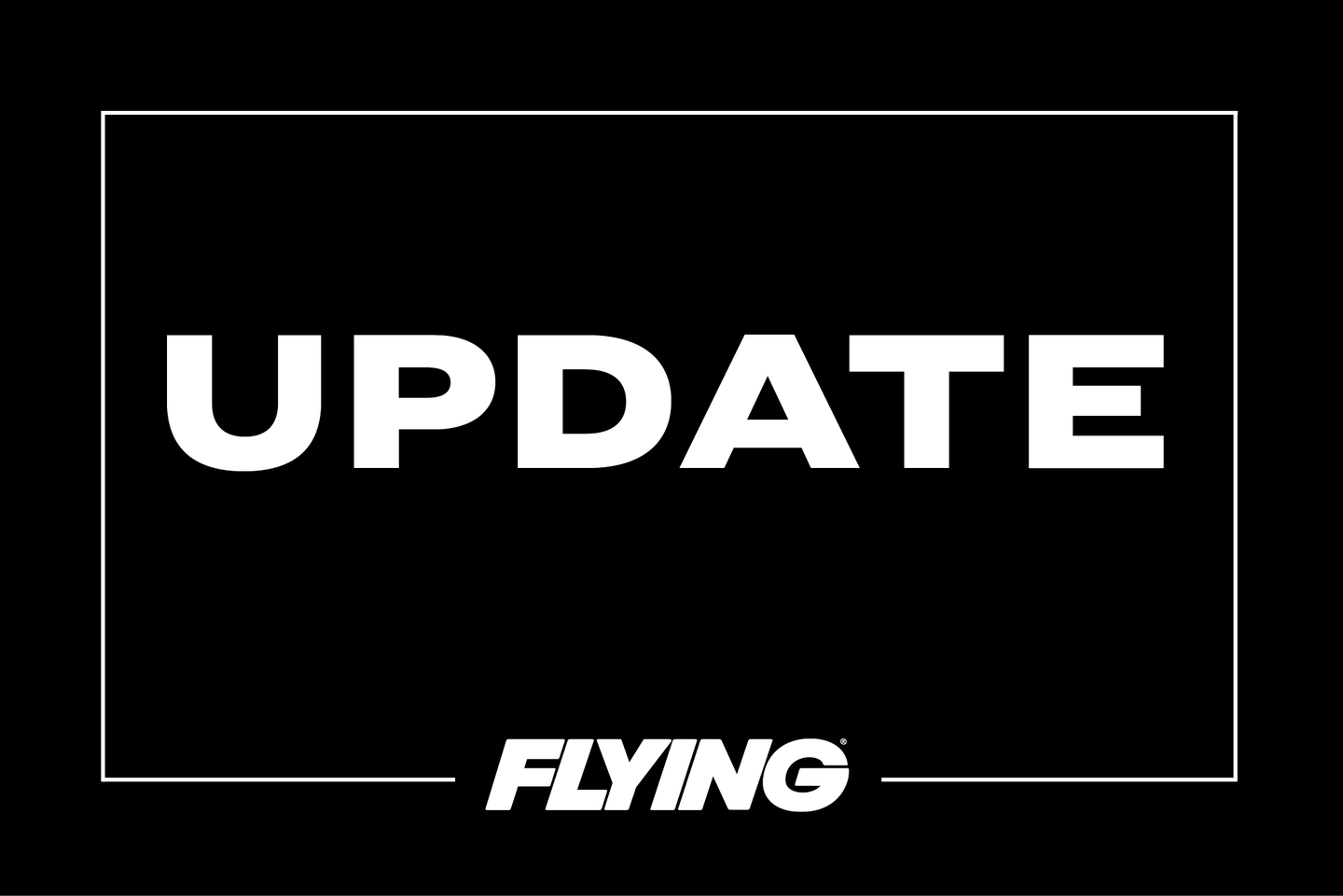NTSB: ADS-B Shows Unstabilized Approach for Learjet in El Cajon Accident
Both pilots and two flight nurses on board were killed when the aircraft came down just east of the airport.

The Learjet involved in a fatal accident in December at Gillespie Field (KSEE) in El Cajon, California, was in an unstabilized approach as the pilot attempted to circle for landing, according to the preliminary report from the National Transportation Safety Board (NTSB).
Both pilots and two flight nurses on board were killed when the aircraft came down approximately 1.4 miles east of the airport.
The report, accompanied by a graphic demonstrating the aircraft’s flight path and altitude as derived from the ADS-B readout, shows the aircraft—N880Z—approaching from the north. It was on a repositioning flight from John Wayne/Orange County Airport (KSNA). The Learjet, which operated as an air ambulance, was based at Gillespie Field.
What Happened
The aircraft was on an instrument flight plan as it approached Gillespie. The pilot contacted the tower and was given permission to land on Runway 17. The pilot asked to switch to Runway 27. The tower asked the pilot if he wished to cancel his IFR flight plan. The pilot replied, “Yes.” The controller approved the cancellation and gave the pilot permission to switch to Runway 27.
The pilot was apparently having difficulty seeing the airport at night, as the pilot asked the tower to increase the runway light illumination. The tower operator responded that the lights were already at 100 percent.
The pilot’s decision to ask for a runway change may have been in the interest of safety. Runway 17 measures 4,175 feet, and according to published performance data for the Learjet, the aircraft would require at least 3,880 feet to come to a complete stop. Runway 27 measures 5,342 feet.
Given that the runways were wet because of rain, investigators have speculated that the pilot opted for the longer runway as a precaution. Under IFR, the circle to land at night was not authorized, per a notation on the instrument approach plate for the RNAV 17 at KSEE. By canceling IFR and flying under Visual Flight Rules (VFR), the pilot was not violating any rules. The weather at the time of the accident was reported as VFR, with a 2,000-foot ceiling and visibility of at least three miles.
The tower approved the runway change and the Learjet overflew the airport at an altitude of approximately 407 feet agl, entering the left downwind leg for Runway 27.
According to the ADS-B readout, the aircraft descended to an altitude of approximately 332 feet agl, then climbed to an altitude of approximately 582 feet agl as it turned base leg. The last recorded ADS-B target showed the aircraft at an altitude of 507 feet agl. The last radio transmission from the pilot is a series of expletives followed by a scream before the sound of impact.
A doorbell camera near the airport caught the Learjet’s rapid descent—and then a flash.
Investigators determined that the aircraft struck a series of power lines east of the airport before coming down in a neighborhood.
The wreckage was oriented on a heading of 310 degrees, putting it approximately 40 degrees off the intended runway heading. A Google Earth view of the accident site shows the aircraft was roughly oriented toward some commercial buildings and beyond that what appears to be a non-lighted natural area.
Video from the accident scene shows rain and mist, and heavy fragmented wreckage on fire. Local firefighters who reported to the scene noted the smell of jet fuel.
The NTSB and FAA are continuing the investigation. The final report containing the probable cause of the accident may take more than a year to determine.

Sign-up for newsletters & special offers!
Get the latest FLYING stories & special offers delivered directly to your inbox






